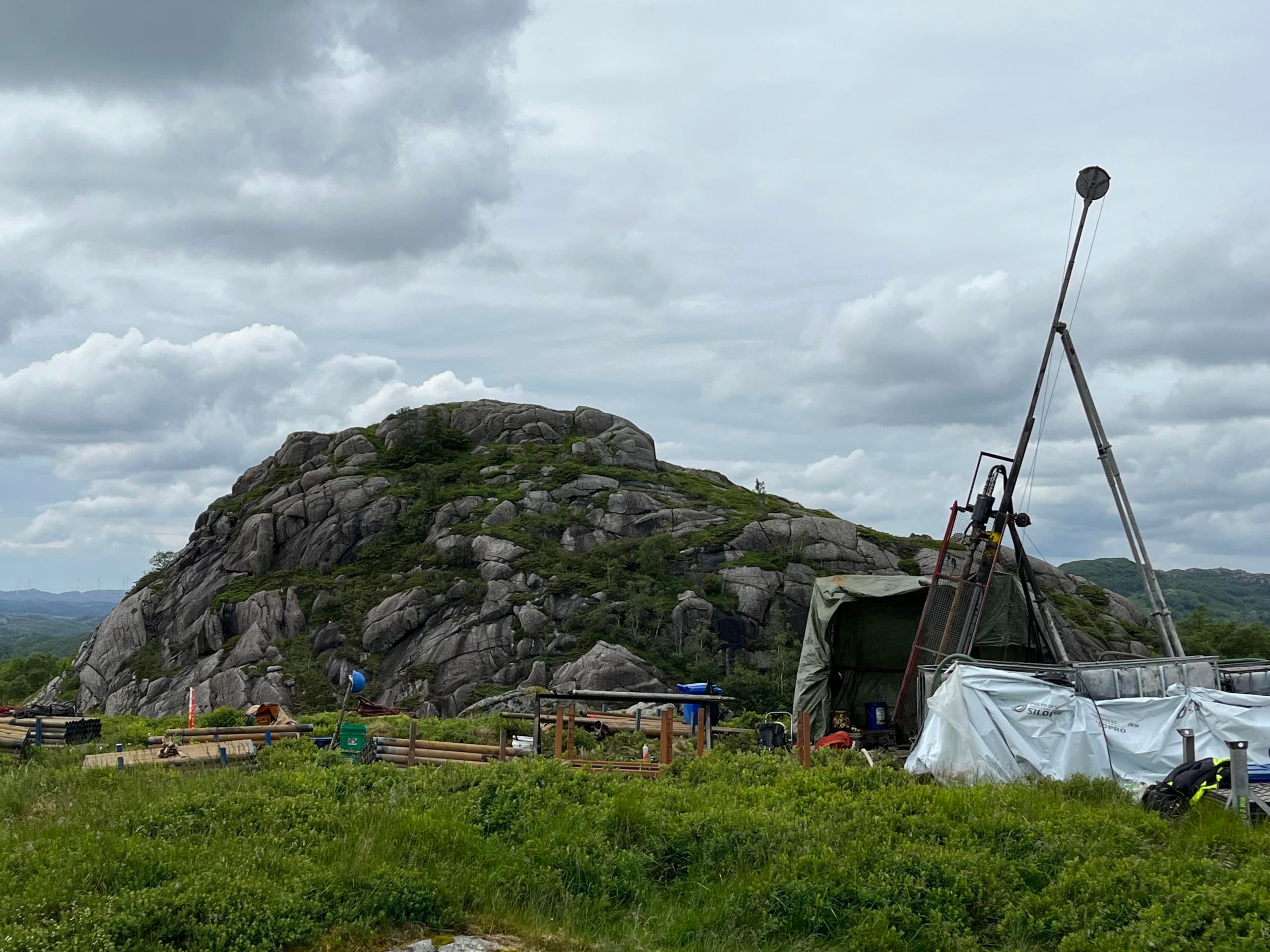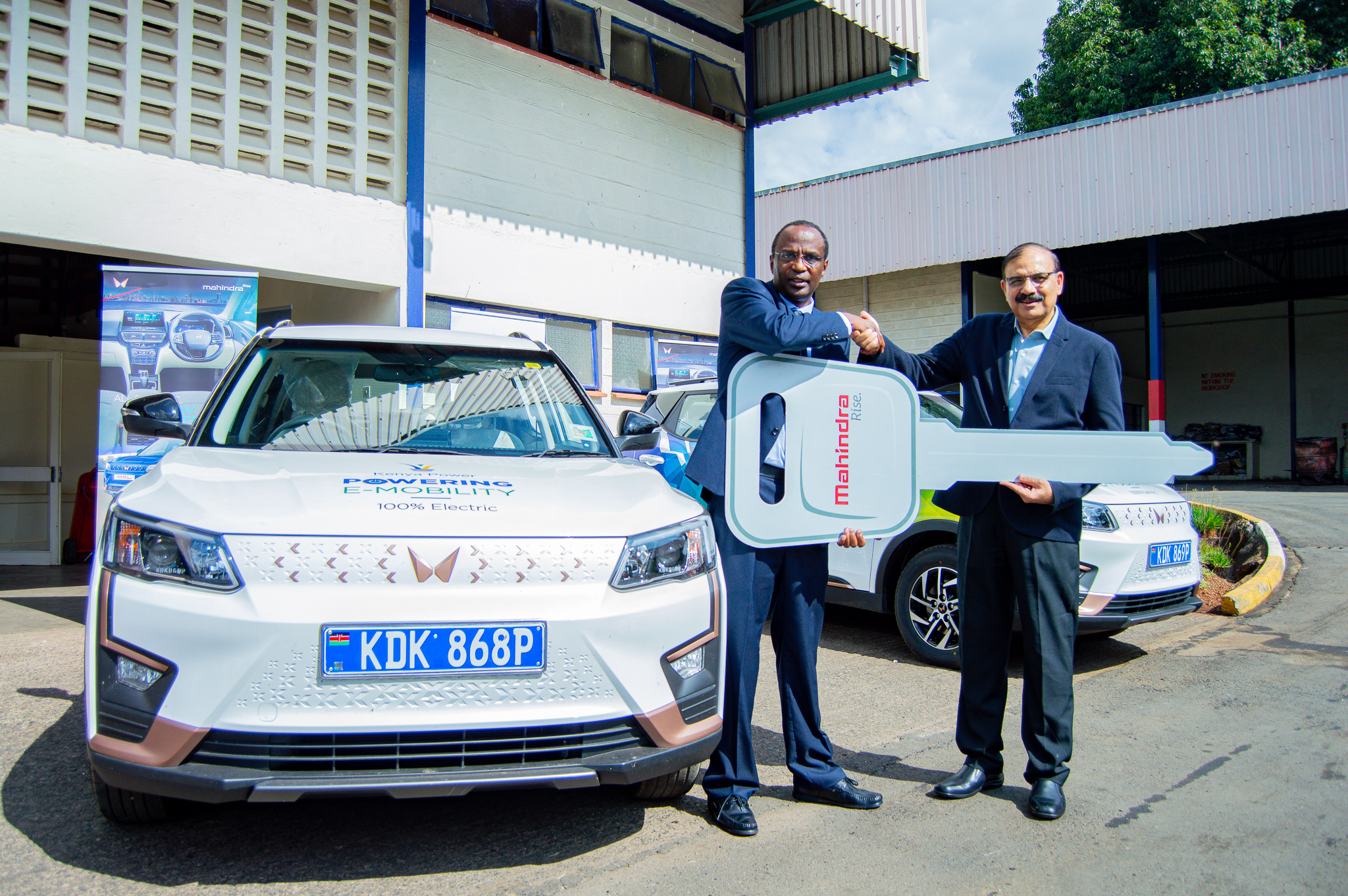
A Norwegian miner has completed the exploration of a phosphate deposit that it claims is large enough to meet phosphorous demand for batteries and solar panels for the next 100 years.
Norge Mining, which will develop the site, says that it has discovered up to 70 billion tonnes of the mineral.
Around 90% of mined phosphate is used to produce fertiliser for the agriculture industry. Phosphorous is also used to produce lithium-ion phosphate batteries used in green technologies and batteries. The mineral is in high demand but currently faces significant supply issues.
According to the US Geological Survey, proven phosphate reserves equal 71 billion tonnes globally, only slightly larger than the total discovered in Norway.
Prior to this discovery, the largest phosphate deposit was located in the western Sahara region of Morocco, equalling around 50 billion tonnes. This is followed by China with 3.2 billion tonnes, Egypt with 2.8 billion tonnes and Algeria with 2.2 billion tonnes, according to US Geological Survey estimates.
Phosphorous appears on the EU’s list of strategic raw minerals. The bloc is almost entirely reliant on imports of phosphate and is concerned about its supply.
“The discovery is indeed great news, which would contribute to the objectives of the Commission’s proposal on the Critical Raw Material Act,” a spokesperson for the EU executive told Euractiv.
A polluting refining processes
Phosphorus refining is a highly carbon-intensive process. “This is part of the reason why there is no more production of this critical raw material in Europe; there was some production in the Netherlands many years ago, but they stopped it because of the heavy pollution,” Michael Wurmser, founder of Norge Mining told Euractiv.
Wurmser told reporters that Norge Mining will use carbon capture and storage to reduce the carbon emissions of the refining process.
“Europe is in an excellent position: we can use our advantage in clean tech innovation and skills development to turn the industry into a powerhouse of innovation and change and, in doing so, achieve the highest social and environmental standards,” said Bernd Schäfer, managing director of the European Raw Materials Alliance, earlier this year.
The discovery was initially made by Norge Mining in 2018 using information provided by the Norwegian Geological Survey. However, a drilling programme conducted by the company has found that ore reserves extend much deeper than initially estimated.
The deposit also contains vanadium and titanium, which are also classified as critical raw minerals by the EU. Vanadium is used to produce liquid batteries required by power companies.
Norge Mining is currently awaiting a permit from the EU and the Norwegian Government. Norwegian ministers have been supportive of the project and are treating it as a high priority, according to Norge Mining.




